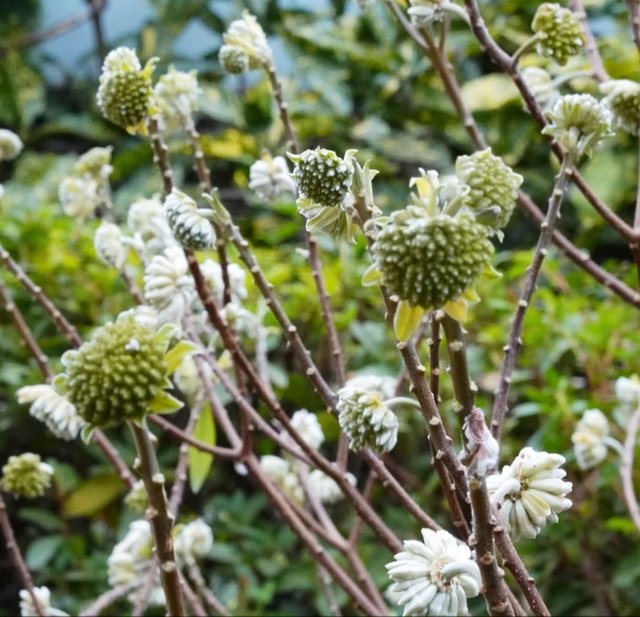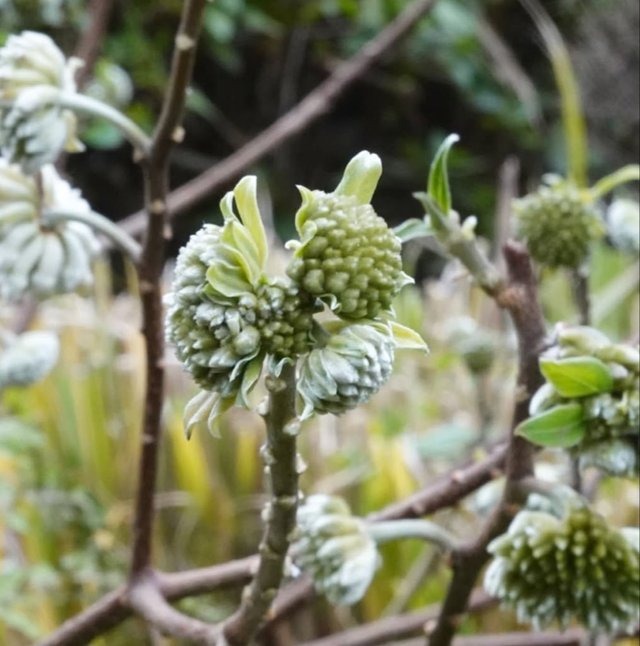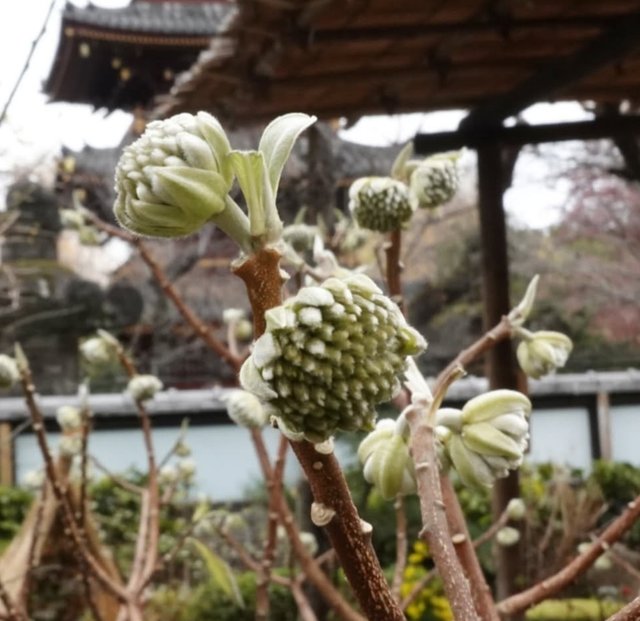So Beautiful Edgeworthia Chrysantha Flower
Edgeworthia chrysantha: A Golden Gem in the Garden
Edgeworthia chrysantha, commonly known as the Chinese paperbush, is a stunning deciduous shrub that captivates gardeners with its striking winter blooms, unique fragrance, and fascinating cultural history. Native to China and the Himalayan region, this plant belongs to the Thymelaeaceae family and is closely related to Daphne. Its distinctive appearance and versatility make it a prized addition to any garden.
Physical Characteristics
Edgeworthia chrysantha typically grows to a height of 4 to 6 feet, with a similar spread, forming a rounded, multi-stemmed shape. Its bark is smooth and silvery-gray, lending year-round interest to the garden. In spring and summer, the shrub produces long, narrow, lance-shaped leaves that are bright green and velvety to the touch. These leaves often create a tropical feel, contrasting beautifully with the plant's winter features.
The most remarkable characteristic of Edgeworthia chrysantha, however, is its late winter to early spring blooms. Clusters of tubular, golden-yellow flowers form at the tips of bare branches. Each cluster resembles a small, fluffy pom-pom, with up to 40 individual flowers per head. The blooms exude a sweet, citrus-like fragrance, attracting early pollinators such as bees.
Seasonal Interest
One of the reasons Edgeworthia chrysantha is so beloved is its ability to shine during the winter months when most other plants lie dormant. The flowers emerge before the leaves, creating a striking silhouette against the stark winter landscape. As spring arrives, the flowers fade, and the lush foliage fills in, providing a lush green backdrop for the rest of the growing season.
In autumn, the leaves turn golden yellow before falling, adding another layer of seasonal beauty. Even when fully dormant, the shrub's architectural form and silvery bark offer visual interest.
Cultivation and Care
Edgeworthia chrysantha is relatively low-maintenance but thrives best under specific conditions:
Light: It prefers partial shade to filtered sunlight, making it an excellent choice for woodland gardens. However, it can tolerate full sun if provided with sufficient moisture.




Thanks For Reading
